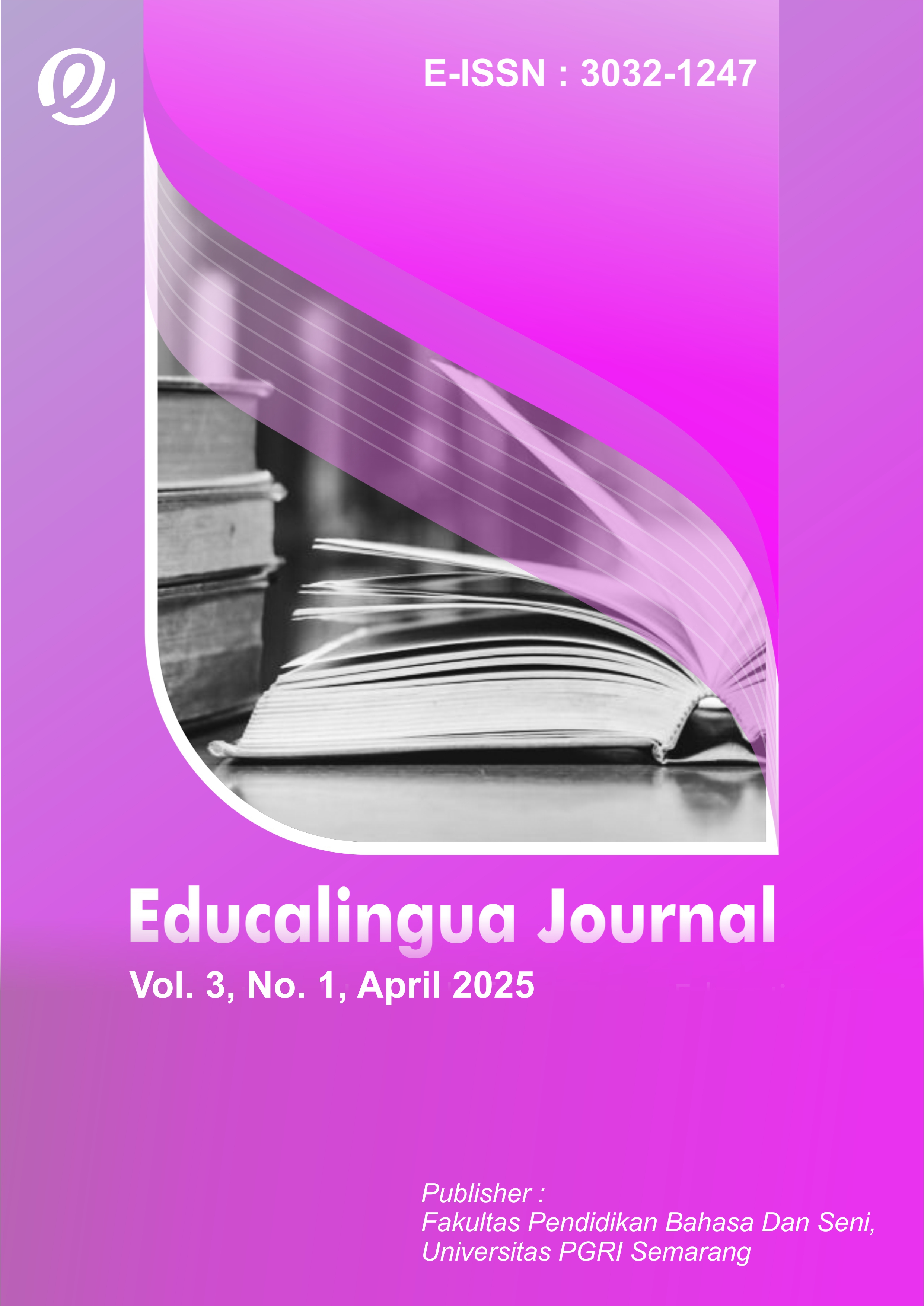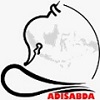The Language of Companionship: A Critical Stylistic Examination of True and False Friendship in Niyi Osundare’s Poetry
DOI:
https://doi.org/10.26877/z4wqd145Keywords:
Critical Stylistics, Niyi Osundare, Friendship in Poetry, Linguistic Analysis, Ideology in LiteratureAbstract
Friendship, a central theme in human relationships, has been a subject of poetic exploration across cultures. Niyi Osundare, a renowned Nigerian poet, examines the dual nature of friendship in his poems Friendship Blue, One Side and Friendship Blue, Another Side from the collection Random Blues. This study employs the Critical Stylistics (CS) approach, developed by Jeffries (2010), to analyse how Osundare’s linguistic and stylistic choices shape the representation of false and true friendship. This research uncovers the ideological underpinnings of these poems by examining Osundare’s use of naming and description, representing actions/events/states, and comparing and contrasting. Through qualitative textual analysis, the study investigates how language constructs opposing depictions of deceptive and genuine friendships. Findings reveal that Friendship Blue, One Side employs negative imagery, contrasting metaphors, and descriptive language to depict false friends as exploitative and deceitful. Conversely, Friendship Blue, another side, portrays true friends using positive and valuable imagery, emphasising trust and loyalty. The study highlights how Osundare’s poetic style not only critiques hypocrisy in relationships but also celebrates sincere companionship. The conclusion affirms that linguistic choices in poetry are potent tools for ideological expression, allowing Osundare to influence readers' perception of friendship. This research contributes to Critical Stylistics and African poetry studies by demonstrating the effectiveness of CS tools in uncovering deep-seated ideologies within poetic texts. It also provides insights into how language shapes human relationships in literature.
References
Al-Janabi, S. F. & Al-Marsumi N. H. (2021). Doing Stylistic versus Critical Stylistic: An analysis of If by Rudyard Kipling. Arab World English Journal (AWEJ) 12(1), 239-252
Béraud, A., & Numa, G. (2023). The" founding fathers" of the French liberal thought: ALC. Destutt de Tracy and Jean-Baptiste Say. In A History of Economic Thought in France (pp. 12-39). Routledge.
Coffey, L. (2013). Innocent Until Proven Filthy: A Corpus-Based Critical Stylistic Analysis of Representation of Men in Women's Magazines, (Unpublished PhD Thesis). The University of Huddersfield, UK
Dorpar, M. (2015). The Arguable Stylistic Layers in Critical Stylistics of Short Story and Novel. Language Related Research, 5(5), 65–94.
Eagleton, T. (2014). Ideology. Routledge.
Ebim, M. A. (2016). A critical discourse analysis of Niyi Osundare’s “Blues for the new Senate King”. (Paper presented at the Osundare Research Conference (ORC), Department of English, Tai Solarin University of Education, Ijagun). November 1-4, 2016. http://tasued.edu.ng/conference/osundare
Evans, M., & Schuller, S. (2015). "Representing "terrorism": The Radicalisation of the May 2013 Woolwich Attack in British Press Reportage. Journal of Language Aggression and Conflict, 3(1), 128-150
Gambari-Olufadi, K. & Salihu-AbdulAkeem, S. A. (2022). A critical stylistic analysis of selected poems in Tanure Ojaide's Narrow Escapes. The Nexus (Humanities Edition), 2(1), 67-71
Hodges, A. (2015). ‘Intertextuality in Discourse’, in Tannen, D., Hamilton, H.E., and Schiffrin, D. (eds). The Handbook of Discourse Analysis. (2nd ed.) Willey Blackwell.
Hussein, A. L. & Hussein, R. M. (2021). Speaking loudly: Critical stylistic analysis of selected soliloquies in Hamlet. International Journal of Linguistics, Literature and Translation IJLLT 4(6) 183-195
Ibrahim, R. K. & Hussein, L. A. (2018). A Critical Stylistic Analysis of the Ideological Positioning in Some Selected Poems by John Donne. Journal of the College of Languages 37, 1-16
Jeffries, L. (2010). Critical Stylistics: The Power of English. Palgrave Macmillan
Jeffries, L. (2016). Critical Stylistics". In S. Violeta. (ed.), The Bloomsbury Companion to Stylistics (pp. 157–175). Bloomsbury
Khan, A., & Eid, F. M. S. (2020). Analysis of transitivity in the news texts discourse: Stories beyond the lines. AMU Journal of Language and Media Discourse, 3 (1-2), 109-120.
Langman, L. (2015). An overview: Hegemony, ideology and the reproduction of domination. Critical Sociology, 41(3), 425–432.
Machin, D. & Mayr, A. (2012). How to do Critical Discourse Analysis: A Multimodal Introduction. Sage
Maroufi, S. (2017). A discourse-stylistic analysis of Harold Pinter’s Victoria station: Simpson’s three ss model as a sample (Doctoral dissertation, Doctoral dissertation, University of Oran).
Norgaard, N., Busse, B., & Montoro, R. (2010). Key Terms in Stylistics. Continuum International Publication Group.
Olaluwoye, L. (2015). A Critical Stylistic Analysis of the Identity of Minority groups in the Nigerian print media. Journal of Literature, Languages and Linguistics, 16, 87-97.
Oseni, A. B. (2023). A Stylistic Analysis of Adebayo Lawal’s “Melodreams” and “Music of the Muezzin”. (Unpublished master dissertation). Department of Languages (Unit), Faculty of Humanities and Social Sciences, Al-Hikmah University, Ilorin.
Scott, J. (2013). Creative Writing and Stylistics: Creative and Critical Approaches. Palgrave Macmillan
Tabbert, U. (2013). Crime Through a Corpus: The Linguistic Construction of Offenders, Victims and Crimes in the German and UK Press (Doctoral dissertation, University of Huddersfield). http://sociology.about.com/od/S_Index/g/Social





